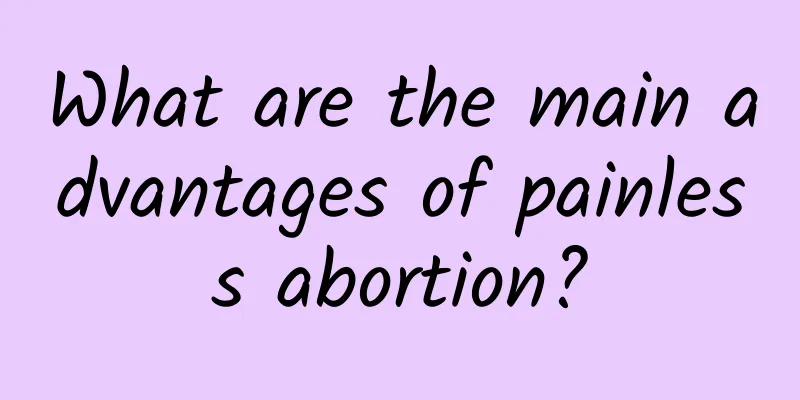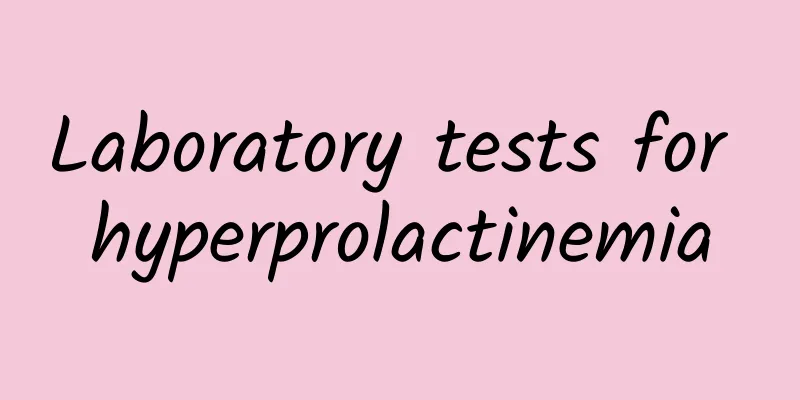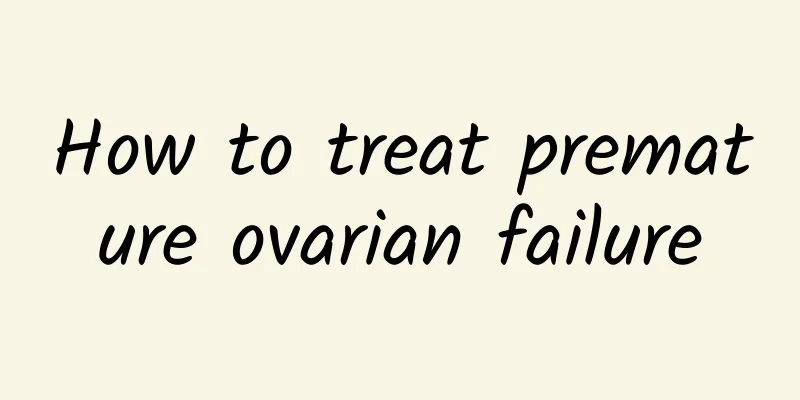What medicine should I take for uterine fibroids and adenomyosis? What are the symptoms of uterine fibroids and adenomyosis?

|
Uterine fibroids and adenomyosis are two common diseases among women. They refer to uterine fibroids and adenomyosis respectively. Many women suffer from these diseases, which lead to physical discomfort and reduced quality of life. So, when we suffer from uterine fibroids and adenomyosis, what medicine do we need to take? Let's take a look at it together. Uterine fibroids are a common tumor of the female reproductive system, mainly composed of uterine smooth muscle. It usually occurs in women of childbearing age and usually disappears on its own after menopause. Symptoms of uterine fibroids include irregular menstruation, prolonged and excessive menstruation, pelvic pain, and bladder compression. When treating uterine fibroids, doctors usually choose the appropriate treatment method according to the condition, such as drug therapy, surgical treatment, or interventional treatment. 1. Drug treatment: For early uterine fibroids, doctors usually first use drug treatment. Common drugs include luteinizing hormone-releasing hormone drugs and progesterone drugs. These drugs can inhibit the growth of fibroids by adjusting the hormone levels in the body. There are also some Chinese herbal prescriptions that can assist in the treatment of uterine fibroids, such as Xiaoyao Pills, Quyu Granules, etc. 2. Surgery: For patients with large uterine fibroids or severe symptoms, surgery is a common option. Surgery can relieve symptoms by removing the uterine fibroids, and in some cases, the uterus can be preserved. Common surgical methods include laparoscopic surgery and myomectomy. Adenomyosis is a disease related to the menstrual cycle, and its main symptoms are pelvic pain and abnormal menstruation. In the treatment of adenomyosis, drug therapy and surgical treatment can also be used. 1. Drug treatment: Drug treatment is the first choice for treating adenomyosis. Commonly used drugs include nonsteroidal anti-inflammatory drugs and oral contraceptives. Nonsteroidal anti-inflammatory drugs can relieve pain and inflammation, and oral contraceptives can reduce symptoms by regulating hormone levels. 2. Surgery: For some patients with severe cases, surgery is necessary. Surgery can relieve symptoms by removing the endometrium, and in some cases, the uterus can also be removed. Common surgical methods include laparoscopic surgery and adenomyectomy. In summary, uterine fibroids and adenomyosis are two common women's health problems. In terms of treatment, you can choose drug therapy or surgical treatment. In terms of drug treatment, luteinizing hormone-releasing hormone drugs and progesterone drugs can be used for uterine fibroids, and non-steroidal anti-inflammatory drugs and oral contraceptives can be used for adenomyosis. At the same time, surgical treatment is also a common option, and laparoscopic surgery or stripping can be used to relieve symptoms. However, the conditions of different patients are different, so individualized treatment should be carried out according to the doctor's advice. |
Recommend
What to do with moderate chronic cervicitis
Moderate chronic cervicitis is generally caused b...
What are the dangers of mild cervical hypertrophy
What are the dangers of mild cervical hypertrophy...
Will I have menstruation if I have an ectopic pregnancy?
Vaginal bleeding during ectopic pregnancy is not ...
30% of herbal tea samples tested in Nantou found excessive pesticide residues
Modern people lead a fast-paced and stressful lif...
What are the specific treatment measures for cervical hypertrophy?
Among gynecological diseases, cervical hypertroph...
What are the typical symptoms of bacterial vaginosis?
What are the typical symptoms of bacterial vagino...
What to eat for pelvic inflammatory disease?
What to eat for pelvic inflammatory disease? Pelv...
Central obesity: Apple-shaped body is harmful to health
Some people have normal limbs and are not overwei...
What are the causes of adnexitis?
What are the causes of adnexitis? Experts explain...
What are the dietary precautions for pelvic inflammatory disease
The dietary precautions for pelvic inflammatory d...
For children with attention deficit hyperactivity disorder, depression, research shows that taking omega-3 and taking medication will have a greater effect!
To fight against COVID-19, recent studies have fo...
What is the cause of blood clots during menstruation?
What is the cause of blood clots during menstruat...
What are the causes of uterine fibroids? What are the people who are prone to uterine fibroids?
In recent years, uterine fibroids have become mor...
What to eat for abnormal vaginal discharge? 8 delicious soups to try
Normal vaginal discharge is good for health becau...
Symptoms of cervical warts at different stages
Cervical warts are still very unfamiliar to most ...









